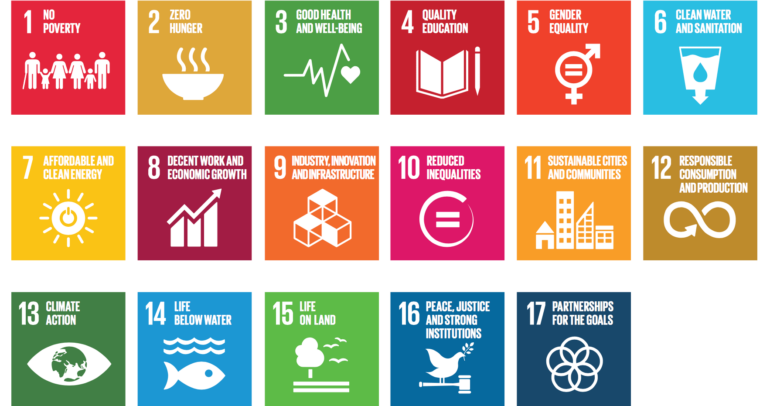Leading a team whether it consists of 2 members or 100 is never easy. Grouping different types of people with different temperaments can often lead to clashes, miscommunication and can impact the workplace productivity. So much so that it can drive you crazy. However, if handled with little tact, you can make your team accomplish great professional goals. Getting them on a same page is a different thing but making them work in unison to achieve a common goal is a no small feat.
Now matter how productive your team is, there are always some ways that you can be incorporated to take workplace productivity to a whole new level.Before jumping to the ways, let’s get into the depth of something that will be of actual use for us. To understand productivity and efficiency better, how about we get their definitions straight, shall we?
5 ways to empower your team to be more productive:
1: Give your team ownership
The best leaders in the business understand the power of ownership. Giving ownership to the team members means nothing but letting them take their own decisions and making them accountable for their work.
When you make a team member accountable for his work, this induces a sense of responsibility in him regarding his work. He starts to see his work differently in a way that his decisions can impact the performance of the entire team.
Now, giving ownership can take different forms like leading a project, handling the responsibility of a task etc. It shows that you’ve entrusted him and his capabilities to handle a specific job. And when you do this, you realize that there is nothing more powerful than building someone’s self-esteem in your organization.
2: Communication
Communication is one of the key factors that contributes largely in team productivity. Without effective communication, businesses fail. Because in the absence of communication, comes miscommunication and this breeds a lot of failure. Communication plays a big role in helping team members to understand their job responsibilities. And, if there is any communication-gap, it can lead to multiple confusions within a team, which for sure will impact the overall productivity of a team.
3: Knowing about strengths and weaknesses
Every human being has some talents and hidden gifts that can be put into good use. Thus, it becomes the duty of a manager or a team lead to discover those talents and keep them in mind while allocating tasks to them. Knowing their skill-set is the crucial. For example, if someone in a team likes to think outside of the box, you should encourage them to be creative Knowing the fact that team members are making the best use of their knowledge, expertise and talents, they look forward to contribute at the workplace. Making them use their strengths will contribute to make your company better and productive.
4: Work environment
The work environment and infrastructure are essential contributors in improving team efficiency and productivity. According to research, physical activities increases performance at the workplace. This is why many companies paying attention while designing their office interiors. They make sure to have small game activities at the office or encourage their employees to join a gym.
The incorporation of bright lighting, comfortable furniture layout and a touch of nature with the help of plants and flowers. Besides the physical setting, environment within the office premises also impacts the team productivity. Dominating boss, condescending employees and office politics can bring down the overall productivity and efficiency in an organization.
5: Feedback
There is no hope of boosting employee efficiency if they don’t know they are being inefficient at the first place. This is why performance reviews and constructive feedback are essential in boosting team productivity. Getting to know about the areas of opportunities will motivate the team members to make some changes in their style of working.
When you are done with giving them the feedback, ask them what you could do to help them improve. May be they would like little more guidance on certain tasks or would prefer a little more room for the creative freedom. This encourages the culture of open dialogue that will make future collaborations easier than before.



